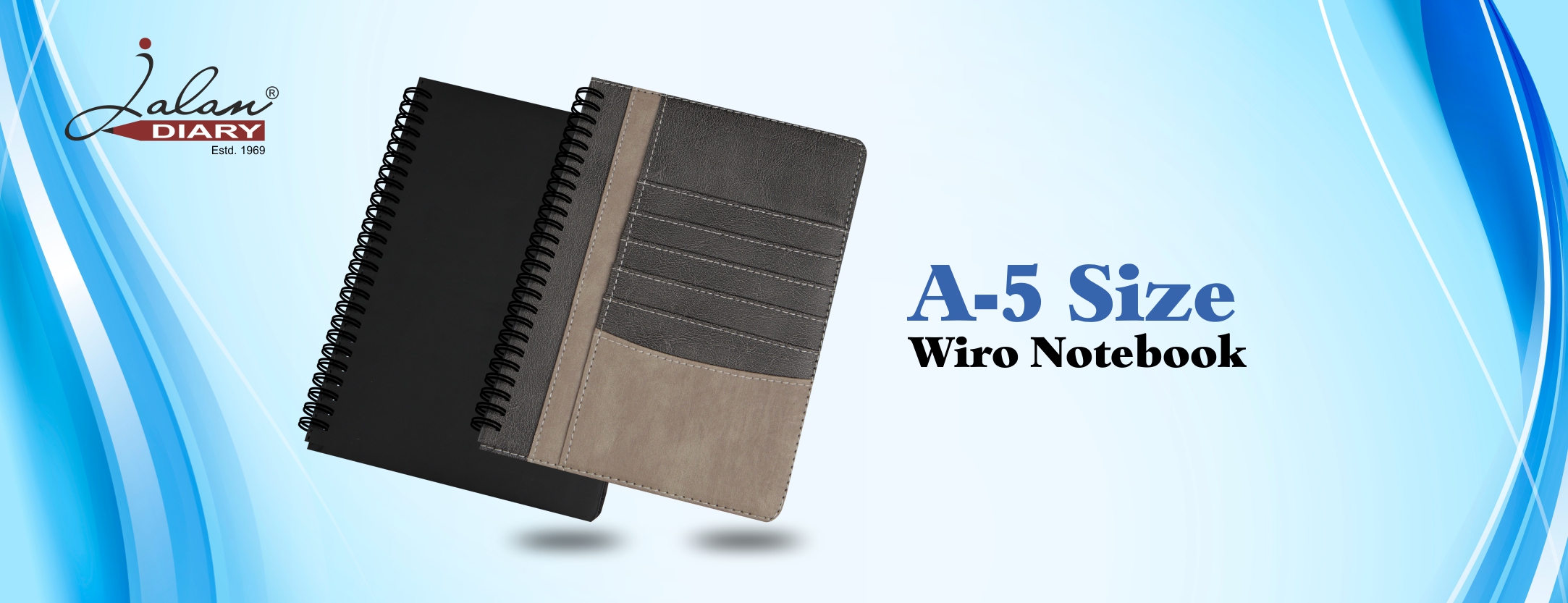From Blank Pages to Lifelong Friends: Behind the Diary Manufacturing Industry
In an age where smartphones, cloud storage, and voice recordings reign supreme, the humble diary represents a steadfast symbol of self-expression, reflection, and heritage. As the world has transformed beyond all recognition, the appeal of putting pen to paper has not diminished—it has merely changed. Behind each beautifully bound journal lies a diary manufacturing industry that’s innovating, adapting, and flourishing.
The Timeless Allure of Paper For centuries, diaries have been individual vaults of memories, ideas, goals, and thoughts. They provide something that digital options tend to lack: a tactile, unbroken, and intensely personal writing experience. A good diary is more than paper and pen; it’s an invitation to pause and meet oneself.
How Diaries Are Made: Craft Meets Technology Manufacturing of diaries is a blending of old-world craftsmanship with new-age printing and binding techniques.
A brief overview of the process follows:Design & Conceptualization: From sleek covers to theme-based planners and sketch journals, design is where the personality of the diary is created. Dated/undated page layouts, special features (goals, mood trackers, calendar), and cover design are all carefully conceptualized.
Paper Choice: The core of a diary is its paper. Companies select among a variety of textures and GSM (grams per square meter) to provide effortless writing with minimum bleed-through. Environmentally friendly and recycled versions are becoming popular.
Printing & Binding: High-end printing presses guarantee legibility, alignment, and uniformity. Binding techniques range from old-fashioned stitching and hardcover binding to flexible spiral structures based on the diary’s purpose.
Customization: Individualized diaries are gaining popularity, particularly for corporate gifts or company merchandise. Embossed logos, monogrammed initials, or even customized layouts give it a personalized touch.
Packaging & Distribution: Completed diaries are meticulously packaged—quite frequently with supplementary accessories such as bookmarks, stickers, or pen holders—prior to arriving at stores or consumers directly.
Trends Redesigning the Diary Industry
The diary industry is not stagnant. Some of the trends manufacturers are adopting include:
Eco-friendly Production: From biodegradable packaging to paper made without trees, going green is now an integral focus.
Smart Planners: Hybrid models that allow users to scan and digitize handwritten notes through QR codes or companion apps.
Themed Journals: Mental health journals, gratitude diaries, travel logs, and productivity planners are in high demand.
Artisanal Craftsmanship: Consumers are drawn to handcrafted diaries with premium materials, often supporting local artisans and small businesses.
Challenges and Opportunities
There are pressures of increasing raw material prices, competition from digital technology, and changing consumer behavior. These pressures, though, are balanced by compelling opportunities—particularly in customization, online sales, and global exports.
Those adopting sustainability, devoting resources to design innovation, and providing specialty products are not only surviving but thriving.
Conclusion: More Than Just Stationary
A diary is not a product—it’s a travel companion on a personal adventure. Provided there are thoughts to record, dreams to pursue, and tales to share, the diary-making industry will continue to be a significant aspect of our lives.
Whether it’s a leather-bound executive planner or a pocket-sized bullet journal, each diary speaks two stories: the one it holds, and the one of how it was created.
Would you prefer this worded specifically for a certain company, product, or market (e.g., corporate buyers, end-users, retailers)?

